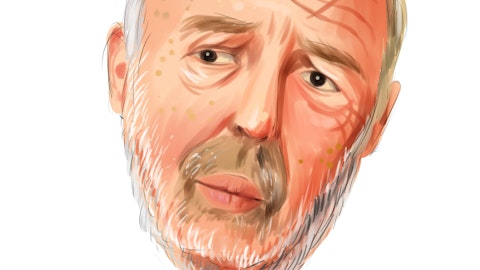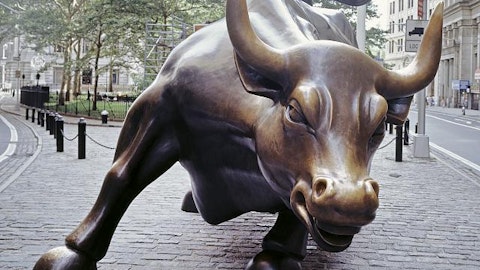The following performance report compares CVS versus the S&P 500 over this timeframe. What I found interesting is how both CVS and the S&P 500 produced capital appreciation returns that were lower than their respective earnings growth achievements. This is the effect that overvaluation had on both.
On the other hand, the great business CVS was still able to produce very attractive double-digit total returns thanks for the most part to its high and consistent growth. In contrast, the S&P 500 produced positive results but they pale in comparison to CVS. The simple lesson here is that valuation matters, and it matters a lot.

Now let’s fast-forward to current time and evaluate what CVS looks like today from a valuation perspective. Since the summer of 2015, and for most of 2016, CVS’s stock price has been in a freefall. The net result is an approximately 23% drop off from its 2015 summer high. Investors hate it when a stock’s price drops, and as a result it typically conjures up a lot of negativity.
In doing my research on CVS I have come across several recent articles on the company, most of them positive. However, some of the comments made in these articles illustrate my previous point about negative investor sentiment. Reasonable questions start to be asked such as – if the stock is so good, why does it keep dropping? But more importantly, answers to those questions are also offered. Some of those answers are relevant; some are rationalizations – and some even cynical laments with political overtones.
I support the proposition that everyone is entitled to their own opinions and views. However, to me, the answer to the question of why is the stock dropping seems quite obvious. It is quite clear to me that starting in the fall of 2014 the company’s stock price began separating from its fundamental value and support. In my experience, when valuation gets extreme, a company’s stock price becomes highly vulnerable to even a whiff of bad news. Furthermore, the more overvalued a stock is, the more vulnerable.
For example, in the case of retail pharmacy chain and pharmacy benefit management businesses such as CVS Health Corporation and Walgreens Boots Alliance, Inc. (WBA) the threat of rising pressure to reduce reimbursement fees for generic drugs is seen as a potential threat to future profitability. Additionally, stiff competition is also a challenge that must be met. Nevertheless, demographics suggest a bright future for well-managed companies within this sector. Consequently, expectations for continued growth remain strong.
With all that said, I contend that the biggest headwind that CVS has faced in recent years has been significant overvaluation. A quick glance at the following graph makes it clear to me that the biggest reason that the stock price has dropped is because it was ridiculously overvalued. And as the title of this article suggested, the fact that it has now moved down to a fair valuation level is precisely why I have become interested in it at this time.






